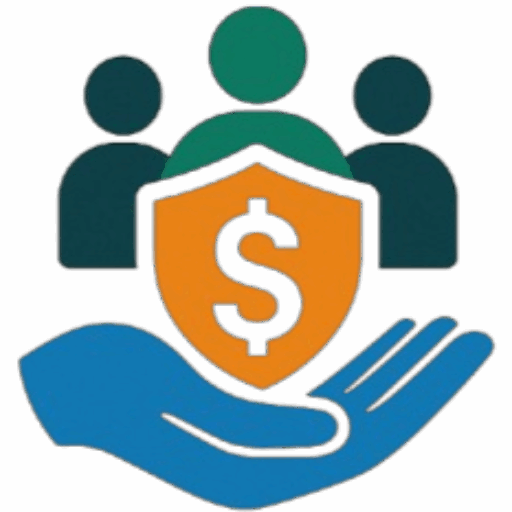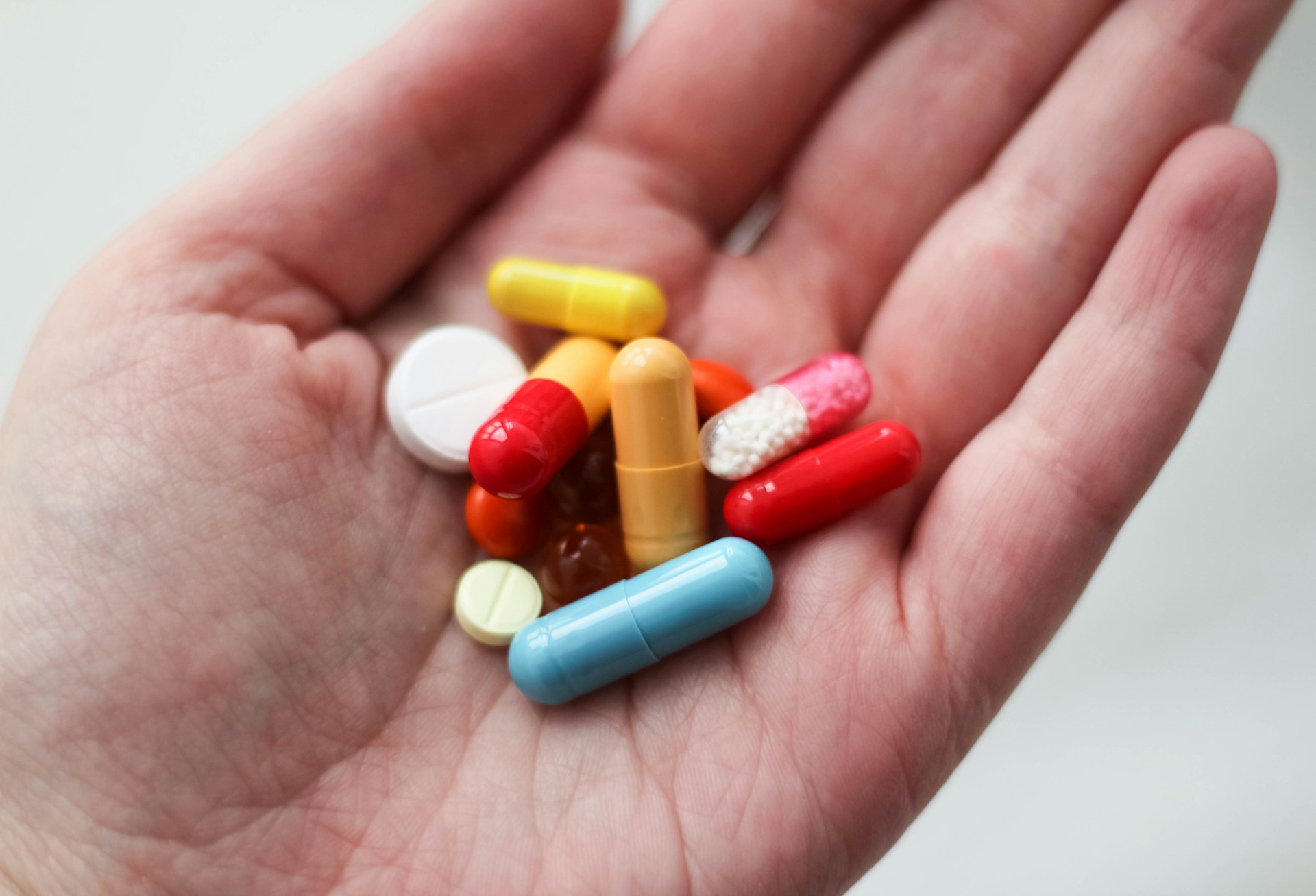Prescription medications can be a lifeline, but for many people, the cost is simply too high. Whether you are uninsured, underinsured, or just trying to stretch your budget, there are ways to access the medications you need without draining your wallet. With a little research and the right approach, you can find programs and resources that make prescriptions more affordable—or even free.
Start by Talking to Your Doctor
One of the most overlooked steps is having an honest conversation with your doctor. Let them know if you are struggling to afford your medications. They may be able to prescribe a lower-cost alternative, such as a generic version, or adjust your treatment plan to fit your budget. Doctors often have samples or know about assistance programs that can help.
Ask About Generic Medications
Generic drugs contain the same active ingredients as brand-name medications and are approved for safety and effectiveness. The difference is in the price. Generics can cost up to 85 percent less than their brand-name counterparts. Always ask your pharmacist or doctor if a generic version is available. In many cases, switching to a generic can save you a significant amount of money without compromising your health.
Use Prescription Discount Cards
Prescription discount cards are free and widely available. These cards can be used at most pharmacies and offer savings on both brand-name and generic medications. You do not need insurance to use them. Some cards are available through nonprofit organizations, while others are offered by pharmacy chains or online platforms. It is worth comparing a few to see which one offers the best price for your specific medication.
Explore Patient Assistance Programs
Many pharmaceutical companies offer patient assistance programs, also known as PAPs. These programs provide free or low-cost medications to people who meet certain income and insurance criteria. Each company has its own application process, but most require proof of income and a prescription from your doctor. Some programs allow you to apply online, while others may require your doctor to submit the paperwork on your behalf.
Websites like NeedyMeds and RxAssist can help you find and apply for these programs. They list available medications, eligibility requirements, and contact information for each program.
Check with Your Local Pharmacy
Pharmacies sometimes offer their own discount programs or membership plans. These can include flat-rate pricing for common medications, such as antibiotics or maintenance drugs for chronic conditions. Some pharmacies also have loyalty programs that provide additional savings. It never hurts to ask the pharmacist if there are any in-house discounts or promotions available.
Consider Online Pharmacies
Reputable online pharmacies can offer lower prices than traditional brick-and-mortar stores. Before ordering, make sure the pharmacy is licensed and requires a valid prescription. Look for verification from organizations like the National Association of Boards of Pharmacy. Be cautious of websites that offer to sell prescription drugs without a prescription or that do not list a physical address.
Look Into Federal and State Programs
Government programs can also help reduce prescription costs. Medicaid provides prescription coverage for eligible low-income individuals and families. Medicare beneficiaries may qualify for Extra Help, a program that lowers the cost of Medicare Part D coverage, including premiums and copayments.
Some states have their own drug assistance programs, especially for seniors or people with specific health conditions. Contact your state’s health department or Medicaid office to learn more about what is available in your area.
Join a Flat-Fee Prescription Program
Some companies offer membership-based programs where you pay a small monthly fee and receive access to hundreds of medications at no additional cost. These programs can be a good option for people who take multiple prescriptions regularly. They often include free home delivery and are accepted at many pharmacies nationwide.
Use Community Health Clinics
Community health centers often provide prescriptions at reduced prices or help patients enroll in assistance programs. These clinics serve people regardless of their ability to pay and may offer sliding-scale fees based on income. If you are uninsured or have limited coverage, a community clinic can be a valuable resource.
Paying for prescriptions should not be a barrier to staying healthy. With the right tools and a little persistence, you can find affordable options that work for you. Start by asking questions, exploring programs, and comparing prices. The help is out there—you just need to know where to look.
If you are unsure where to begin, speak with your doctor or pharmacist. They can often point you in the right direction and help you take the first step toward affordable care.
You deserve access to the medications that keep you well. And with these resources, that goal is within reach.
For more information, you can explore WebMD’s guide to free prescriptions or BuzzRx’s tips for saving on medications. They offer helpful overviews of available programs and how to apply.


Leave a Reply